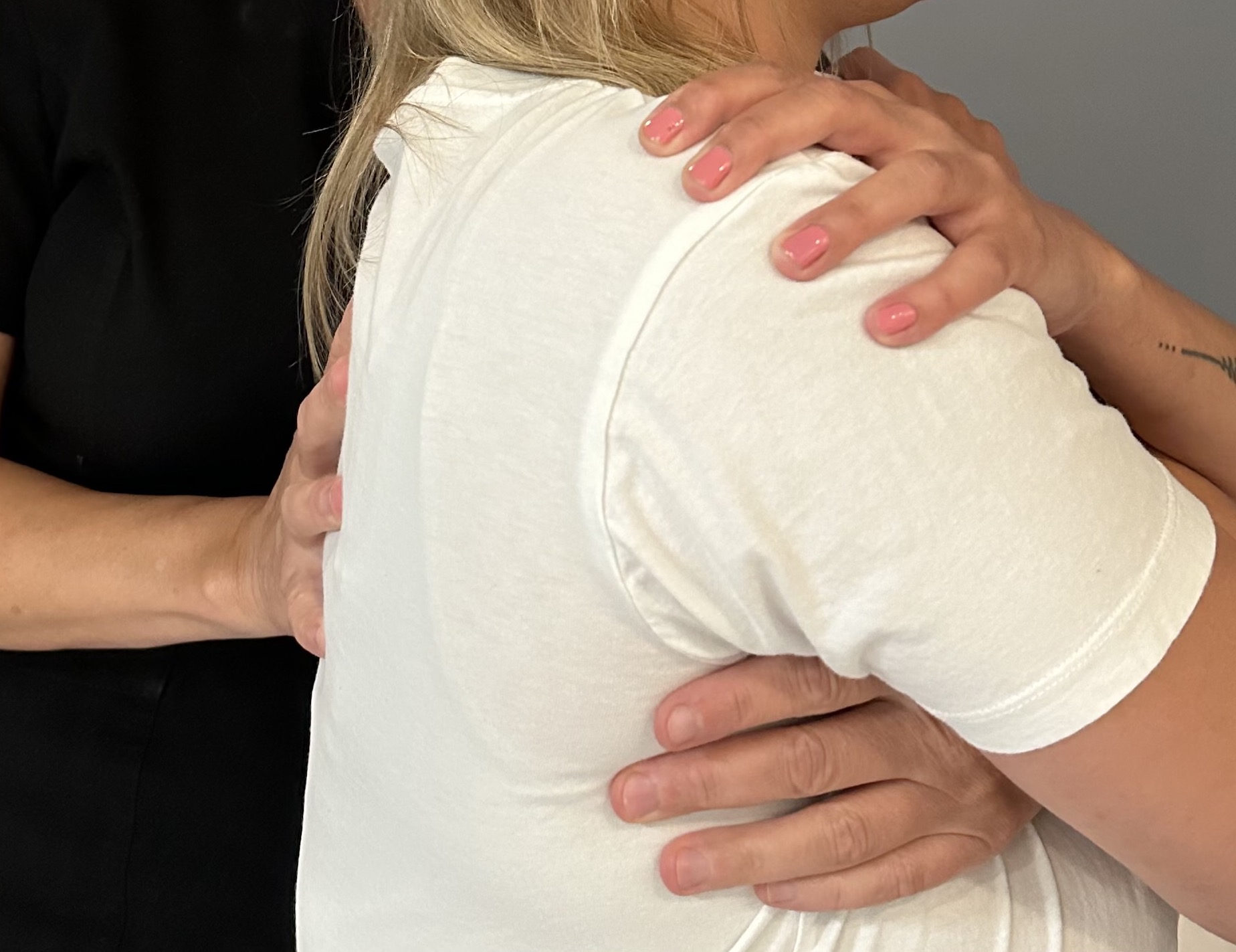Osteopathy

Osteopathic Manual Practice sessions vary (usually 45 minutes) and are one on one with the therapist in a private room. Sessions are often covered under most private health insurance plans.
Conditions helped by Osteopathy:
- Back and neck pain
- Headaches and vertigo
- TMJ and facial pain
- Pelvic pain
- Pre and post natal pain
- Pain post orthopedic surgery
- Sports injuries
- Abdominal pain post surgery
- Shoulder and Upper Extremity Dysfunctions and carpal tunnel
- Post motor vehicle accident (whiplash)
Osteopathy is based on the following four principles:
- Structure governs function. Essentially, stiff joints and tight muscles change the way the body moves, changing the alignment of joints, causing the body to compensate. If not addressed, these changes over time may cause painful symptoms.
- Adequate circulation is essential to healing. Tight muscles and fascia impede blood flow.
- The body has its own innate ability to heal.
- The whole body is interrelated; i.e. restricted movement in the foot related to an old ankle sprain can eventually affect the knee, hip, back and may even affect neck mobility over time.
The key to a successful session lies in the Osteopathic Manual Practitioner's ability to assess position, mobility and vitality of all tissues. Restrictions of movement result in dysfunction and pain.
Most hands-on techniques are gentle and are generally not painful.
What does an Osteopathic Manual Practitioner do when a client comes in for a consultation? The therapist will first ask the nature of the complaint. The therapist wants to know all details of the current problem, including a history of past injuries and illnesses.
The rest of the consultation will be dedicated to:
- Postural examination
- Testing the functioning of local, regional, and global areas to determine areas of restriction in joints, muscles, fascia, and nervous tissue.
- Palpation of tissues and physiological rhythms.
- Synthesizing the findings of the physical evaluation to determine the source of the client's complaint.
- Developing a plan together with the client to improve local and general mobility.
What does an Osteopathic session entail? The Osteopathic Manual Practitioner uses their hands to palpate (feel) the tissues of the body and then correct the mobility and position of the tissues.
Techniques Include:
- Joint and spinal mobilization techniques.
- Cranial Osteopathy (Cranial Sacral Therapy)
- Myofascial Release
- Muscle Energy Techniques
- Strain Counterstrain
- Visceral Fascia Mobilization
Click on this link for an informative and concise video on Osteopathy:
https://www.youtube.com/watch?v=pl38zfliQZU&feature=youtu.be&list=PLVPdFcdaUFEAuKv7itZb06JpvPz3hyhh4
At our clinic Osteopathic Manual Practice is often complimented by traditional physiotherapy, massage therapy and individualized home exercises. All of our Osteopathic Manual Practitioners are registered with the Nova Scotia Association of Osteopaths (NSAO) and are officially recognized by most major private insurers including Medavie Blue Cross, Manulife, Canada Life and SunLife.